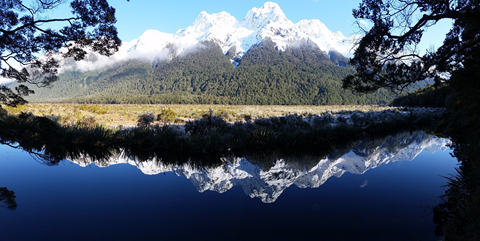I was recently asked what to do if you can’t make it back to the trailhead in one day with frozen toes and have to spend the night in the field? How do you keep the toes from thawing while keeping the rest of your body warm?
This is a practical and real question. Thirty-four years ago I spent a night in a tent with my toes frozen, then walked 6 miles and traveled another 25 to a hospital. I know this situation first hand, or first foot as it were.
As so often happens in medicine, there is no easy answer. At every step of the way there are risks and benefits. What do we need to consider when making this decision?
If your feet are frozen, there are often accompanying issues of hypothermia, exhaustion, and dehydration that make walking unlikely. If you thaw a frozen foot in the field it’s hard to imagine walking. If you thaw a frozen toe or toes, you might be able to walk. Let’s talk about this scenario.
The benefit to frozen toes is the ability to walk. The risk is that the longer tissue is frozen, the worse the injury. Medicine can’t give an exact timeline to help with this decision.
Practically speaking, keeping toes frozen is a challenge. It’s likely your toes will slowly thaw overnight, especially if you can get inside shelter with clothing, sleeping bag, warm food and drink.
The benefit to rapid thawing in warm water, the treatment of choice, is that it gives the best chance for saving tissue. However, thawed toes often hurt and swell, and you put your toes at risk for a freeze-thaw-freeze injury, which is very likely to increase tissue loss.
Rapid thawing in warm water is easy to talk about in a classroom, but difficult to do in the backcountry. If you think your toes will thaw slowly, it’s better to “get er done” quickly. Hopefully, if warm water immersion isn’t practical, your companion will donate their armpits or belly, which can work for thawing fingers and toes.
We weigh all these considerations– some factors we’re sure of, others that are probable, but not certain– and we make the decision.
In my case, it was desperately cold (minus 30F). I did sit up all night, and I kept my toes cold as I read Bradford’s Washburn’s classic frostbite pamphlet. It wasn’t fun, but it worked. My frozen toes, which still fit in my boots, began to thaw as I hiked out the next morning, but they were essentially still frozen at arrival in the hospital. I think I was lucky.
Tod
Oct 08


